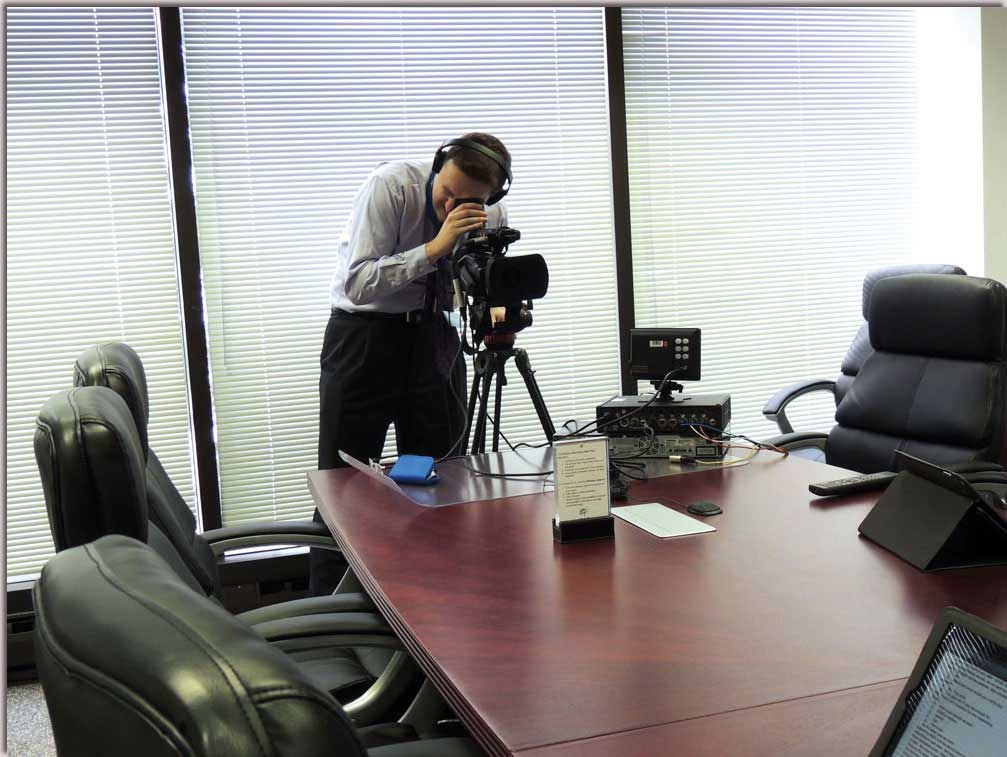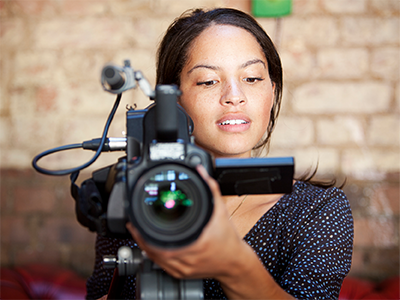How Legal Videography Can Make or Break Your Legal Approach
Exploring the Mechanisms of Legal Videography: Introduction Its Operation in Safeguarding Genuine Visual Testimony for Judicial Proceedings
In the world of judicial procedures, the duty of lawful videography stands as a foundation in maintaining and providing visual evidence. As innovation continues to breakthrough, the systems behind legal videography have actually ended up being progressively intricate, providing a crucial layer of credibility to testimonies caught on video clip.
Historic Advancement of Legal Videography
Examining the historical development of lawful videography discloses a substantial change in the recording and discussion of aesthetic proof within the legal landscape. In the past, legal process greatly relied upon written records and pictures to document occasions and give evidence. With the advent of video modern technology, the lawful market witnessed a paradigm shift in exactly how aesthetic statement was recorded and presented.
The development of legal videography can be mapped back to the late 20th century when improvements in video clip recording equipment made it much more easily accessible for use in courts. This technical innovation not just enhanced the accuracy and dependability of visual proof but also revolutionized the method instances existed to juries and judges (Legal Videography). Lawyers started to identify the persuasive power of video clip recordings in conveying emotions, subtleties, and non-verbal signs that created pictures or transcripts alone could not capture effectively

Modern Technology Developments in Video Documentation
What crucial technological advancements have revolutionized video clip documentation in the lawful field? The legal field has actually seen significant improvements in video documents innovation that have actually improved the credibility and reliability of visual proof in judicial proceedings.
Furthermore, advancements in video clip security and watermarking modern technologies have strengthened the safety and tamper-proof nature of video evidence, guarding it against unauthorized modifications or tampering. Moreover, the arrival of cloud storage options and remote access capacities has streamlined the storage, retrieval, and sharing of video clip evidence, assisting in seamless cooperation among attorneys and ensuring reliable accessibility to vital aesthetic testaments when needed. These technical innovations in video clip documentation have definitely changed the lawful field, enhancing the accuracy, reliability, and admissibility of visual evidence in judicial process.
Function of Lawful Videographers in Court Settings
The evolution of video documents modern technology in the lawful area has necessitated a crucial duty for lawful videographers in court settings, making certain the stability and integrity of aesthetic statements presented throughout judicial proceedings. Lawful videographers play a basic function in catching and protecting precise aesthetic evidence that can be crucial in lawsuit. Their obligation reaches establishing devices, tape-recording proceedings, and generating top notch videos that properly reflect the occasions in the court.
Additionally, legal videographers commonly function closely with legal groups to guarantee that the video clip proof aligns with the situation's needs and can be effectively presented in court to support the lawful arguments being made. Generally, the function of lawful videographers in courtroom settings is essential in promoting the concepts of justice and making certain the openness of lawful process. Legal Videography.

Ensuring Admissibility and Stability of Video Clip Proof
To keep the trustworthiness go of aesthetic evidence presented in legal process, guaranteeing the admissibility and honesty of video clip evidence is anchor a vital duty for lawful videographers. Admissibility describes the acceptance of evidence by the court, and for video evidence to be permissible, it should satisfy specific standards. Lawful videographers play a crucial duty in ensuring that the video clips they catch adhere to the regulations of proof, such as credibility, significance, and dependability.
Honesty of video clip proof includes keeping the creativity and precision of the video footage from the time it is tape-recorded till it is offered in court. This consists of safely keeping the video data, documenting the chain of protection, and protecting against any kind of meddling or alterations. Lawful videographers must abide by stringent methods to assure the honesty of the video clip evidence and prevent any difficulties to its authenticity.
Future Trends in Legal Videography
Offered the raising dependence on technology in lawful procedures, lawful videographers are poised to welcome cutting-edge innovations forming the future of visual testament capture and discussion. One of the prominent fads on the perspective is the combination of More about the author digital fact (VIRTUAL REALITY) and enhanced fact (AR) modern technologies into lawful videography. These modern technologies have the prospective to revolutionize just how visual evidence exists in court rooms, enabling courts and courts to immerse themselves in the scene of the crime or case.
Additionally, the usage of expert system (AI) algorithms for video clip evaluation is anticipated to enhance the process of assessing and examining huge amounts of video clip footage. AI can aid in identifying crucial moments, anomalies, and patterns within video clips, improving the efficiency of legal examinations.

Final Thought
In final thought, lawful videography has played a crucial function in providing authentic aesthetic evidence for judicial process. Through technical developments and the competence of lawful videographers, the stability and admissibility of video clip proof are guaranteed in court room settings. As lawful videography continues to progress, it will certainly be vital to support criteria that maintain the accuracy and integrity of aesthetic statement for the future of lawful proceedings.
Taking a look at the historic progression of legal videography discloses a substantial change in the catching and discussion of aesthetic proof within the legal landscape.The development of video clip documents technology in the legal field has actually demanded an essential function for lawful videographers in court setups, ensuring the integrity and dependability of visual testaments presented during judicial proceedings. Furthermore, legal videographers commonly function carefully with lawful groups to make sure that the video evidence aligns with the case's requirements and can be successfully offered in court to sustain the lawful debates being made.To keep the reliability of aesthetic evidence presented in legal proceedings, ensuring the admissibility and honesty of video proof is a crucial responsibility for lawful videographers. As lawful videography proceeds to evolve, it will be essential to copyright criteria that keep the precision and reliability of aesthetic statement for the future of legal proceedings.